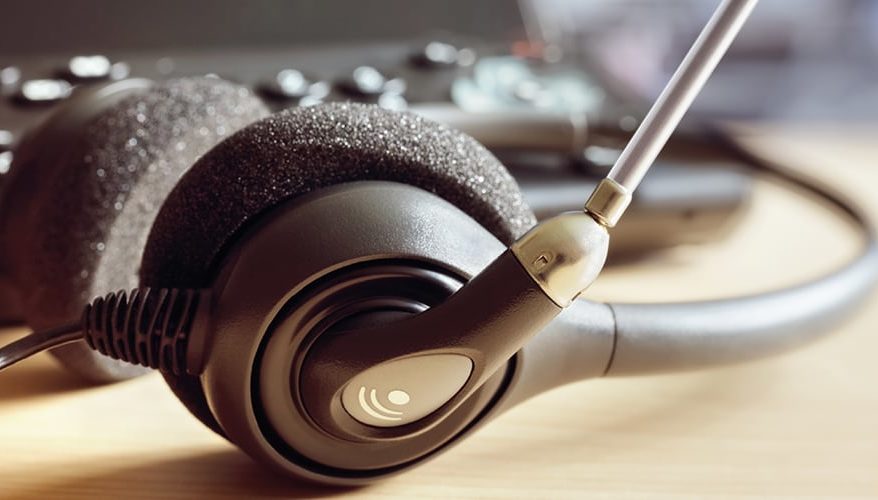
It appears that globally, we aren’t that different when it comes to noise and sound disruptions in the workplace. There are certain sounds and noises which commonly get on our nerves, from the annoying crunch of a noisy eater to the coughs and sniffles of flu season. Spare a thought for those who struggle with Hyperacusis, a severe intolerance to everyday sound, when even someone breathing can be enough to drive them up the wall.
What really drives us mad?
According to the statistics, 54% of German workers consider noise to be the number one deterrent in the workplace. 48% of the French workforce agree, with 38% of UK employees 35% in the US also finding noise the largest deterrent to productivity. The study identified that the type of sound that most people find most annoying is colleagues talking to each other in their direct vicinity.
An international survey of 10,000 workers by Ipsos found that 85% of employees are unhappy with their office environment and struggle to concentrate.
What can you do about a noisy office?
Office workers lose over an hour a day due to distractions, with the main disruption being “irrelevant speech from co-workers”
While we can’t help you with noisy eaters, we can suggest a few simple changes to help quieten the workplace:
Office culture
To achieve a harmonious and productive workplace, full of happy employees working at their best capacity, you need to examine your office culture closely. Noise can often become a problem when it could have otherwise been avoidable – for example, inconsiderate employees who don’t use headphones to listen to music at their desks, or those who take personal calls at their desk, or have their phone notifications set to ‘loud’ (and get a lot of texts!). Set ground rules that work for your office, and empower individuals to politely (the key word here) challenge each other if rules are broken, or avoidable noise becomes too much of an issue.
According to a recent report, if workers feel happy in their office surrounding they are less likely to be stressed out at work
Technology
Choosing the right technology for the right space seems simple enough, but understanding your workspace and your workforce is vital to getting this right. When it comes to sound, particularly the ambient sound that some machinery can make, there isn’t much you can do, but you can ensure that everyone has the speakers turned down on their desktops or laptops, and you can ask employees to turn the sound off on their smartphones too.
Office layout and design
Providing employees with a greater variety of spaces to work in is key to managing irritating noise, especially loud conversation between colleagues. Take inspiration from activity-based workspaces, and implement areas that encourage socialising and collaboration, while also bringing in spaces that are for quieter solo work and extreme focus.
Think of it like a train – there are quiet carriages and carriages where nobody bats an eyelid at someone chatting away on their phone or to their mate. You can also take a closer look at your general layout, and perhaps find improvements to make, like moving desks away from high-traffic areas, such as shared kitchens.
White noise
In workplaces with white noise or sound masking, workforces report major improvements In concentration levels, with 38% increased performance during simple tasks and 27% for more complex tasks (via Hok). Clearly, some noise is good for the workplace, but it needs to be the right noise – something low level that can be easily ignored, and something soothing. Many workplaces have success with quiet, pleasant music in the background, while some offices may find white noise playlists more successful.
Maybe your office has pleasant ambient noise coming from outside, in the form of nature and birdsong, or traffic and the humdrum of everyday life. Perhaps your employees are even into ASMR? Try experimenting, and see what sticks.



